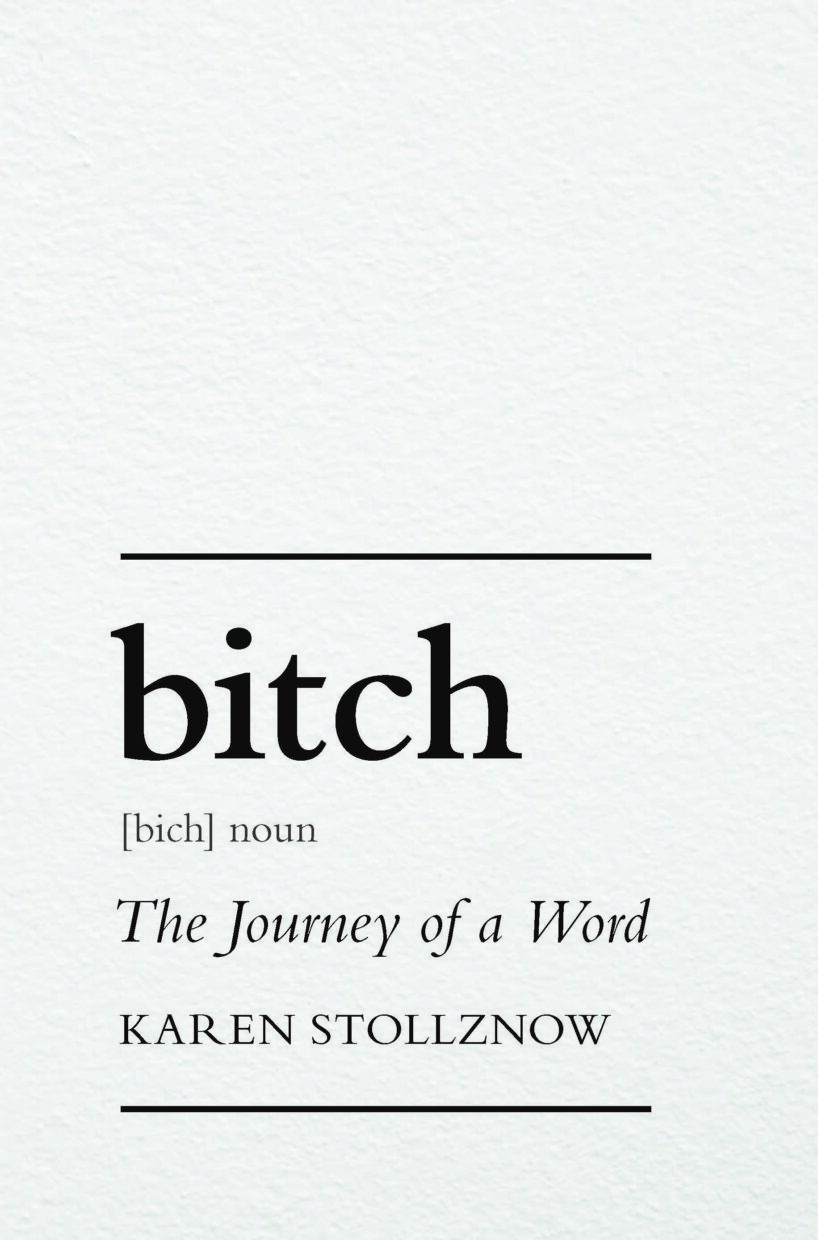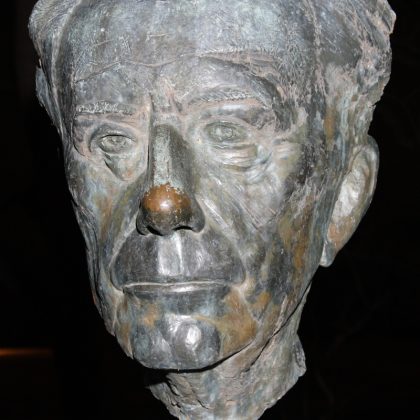How do bad words turn good?
In my last article I discussed pejoration, the historical process by which words develop negative connotations. Now let’s look at the other side of the coin: amelioration. This is another type of semantic change, that is, the process by which the meaning of a word evolves over time. Amelioration is when words with negative or neutral connotations improve in meaning and develop positive connotations. Bad words turning good is less common than good words turning bad, but it still happens occasionally.
For instance, in Middle English, nice meant “foolish” or “simple,” before it developed positive connotations in the 1800s to mean “kind” and “friendly.” Also in the nineteenth century, Yankee was an insult wielded by Confederate (Southern) soldiers against Union (Northern) soldiers during the American Civil War, although the term ameliorated when it was co-opted by them. (We’ve seen this happen with words like queer and gay too.) Nowadays, Yankee is popular in branding for everything from the name of the New York Yankees baseball team to scented candles. (Yank is also a colloquial term for Americans that can be used in a derogatory or playful way.)
In modern times we’ve seen a few examples of amelioration, especially in slang. Negative words develop positive or ironic senses that often coexist with their original ones. A good example is wicked, which means “evil” or morally wrong, coming from Old English wicca for “wizard.” On the other hand, in a positive sense it can mean “wonderful” or “great.” This positive use has been traced back to 1920 when F. Scott Fitzgerald used the word in his debut novel This Side of Paradise. He wrote, “Phoebe and I are going to shake a wicked calf,” to mean they were going to dance well. Wicked is often associated with Boston, Massachusetts, where it is used as an intensifier to mean “very” or “extremely” in phrases such as “wicked smart” and “wicked cheap.”
Similarly, bad originally meant “inadequate” or “worthless” and evolved to mean “wicked” or “evil.” Nowadays, bad can mean “good” too. This ironic use dates back to the 1890s, coming from African-American vernacular. By the 1920s, it was used in a positive way specifically in the context of jazz music. Sick is another one of these words. It dates back to Old English sēoc, meaning “ill,” but by the 1980s, it was being used by younger people to describe something “cool” or “impressive.” In Aboriginal English, deadly can be used to mean “excellent” or “awesome.” The word “nasty” has also developed an opposite positive meaning. It became a feminist rallying cry after Donald Trump branded Hillary Clinton a “nasty woman” during the US presidential campaign back in 2016.
Sometimes the ameliorated version of the word is spelled differently to differentiate it from its negative sense. Since the 1990s, phat has been a slang term for something “excellent” or “great.” It’s used to talk about music in sentences like “that song has a phat beat” or to gush over “a phat car,” while a phat guy or girl is “hot.” In some uses, both past and present, bitch has also improved in meaning just like this, reversing its general trend of pejoration. In terms of slang, bitch can be an empowering term for a strong, powerful woman, and while being a good bitch is a good thing, so is being a bad bitch.
Why do words ameliorate? It seems to be a case of groups of people, such as adolescents, developing a word that’s used in-group, which is then gradually adopted on a popular level. Like pejoration, amelioration is a natural phenomenon that is found across languages, and it reflects shifting values and attitudes in society across both culture and time.
To find out more, read Karen Stollznow’s new book Bitch: The Journey of a Word, published by Cambridge University Press.







